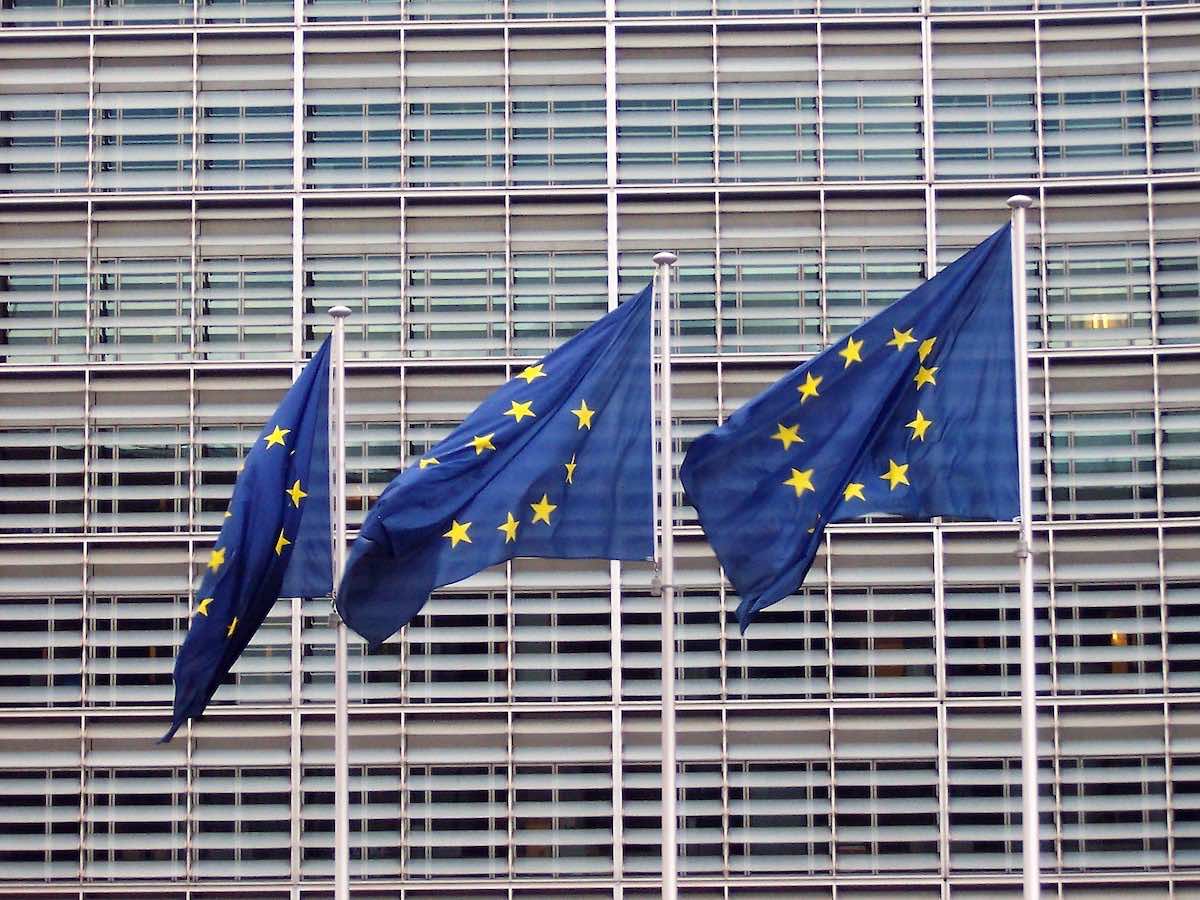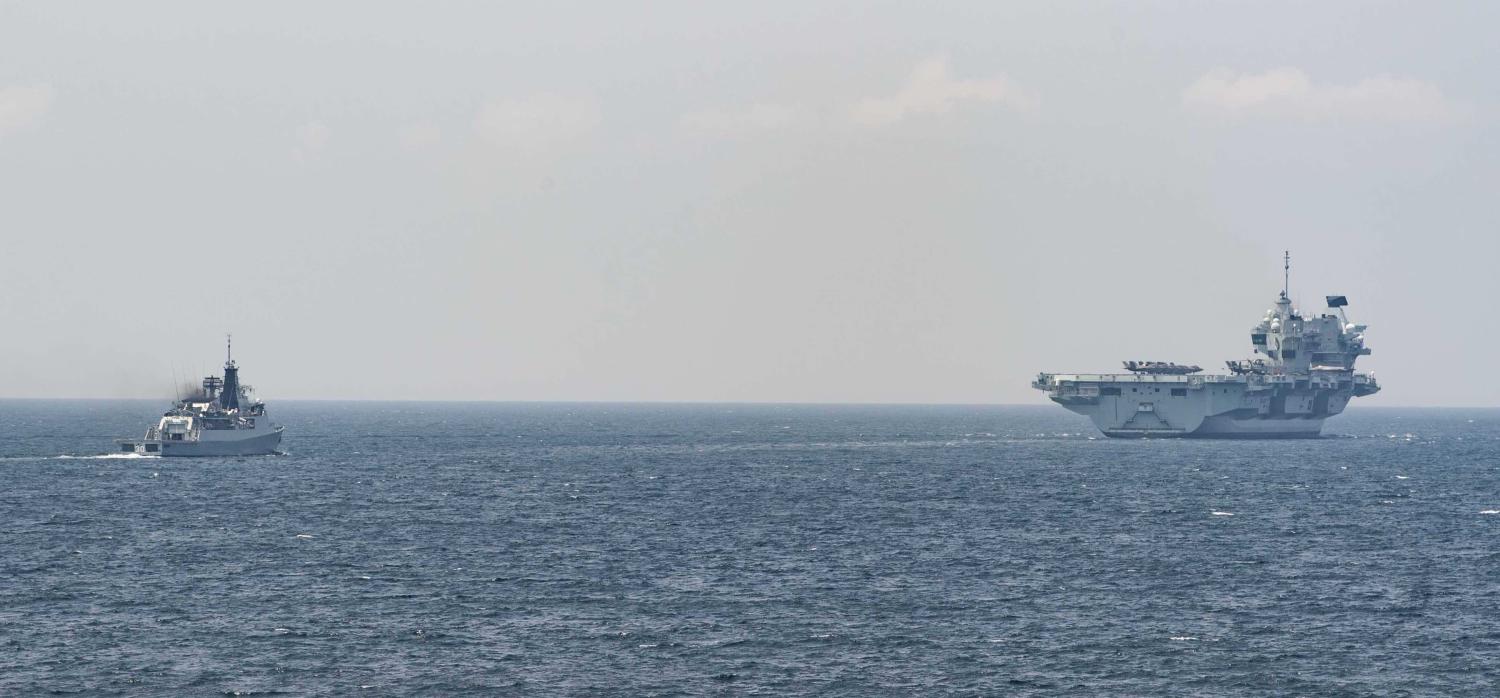In the 16th century the Portuguese were the first Europeans to navigate the South China Sea and lay eyes upon the thousands of islands and reefs that lay in these waters. Long years have passed since the days in which European navies played a major role in the seas of Asia. However, in recent years Europe’s warships have become more visible in the region again. As China grows more assertive in the South China Sea with its sweeping “nine dash line” claim, building artificial islands and harassing its neighbours, European capitals have reconsidered their strategy.
Europe, at least the continental countries, had for the most part adopted a neutral stance towards the South China Sea dispute, siding with neither China nor the claimants of Southeast Asia. In April this year, the 27 European Union member states issued a statement declaring tensions in the South China Sea “endanger peace and stability in the region”.
Europe’s attitude shift on the South China Sea underscores a change, which, although not sudden, is nonetheless remarkable when compared with a less-distant past of barely a decade ago. The result of Beijing’s aggressive behaviour is leading to its growing isolation in the region and well beyond. While China is growing more powerful militarily and economically, it is growing weaker diplomatically and politically.
This growing involvement by the navies of Europe in the South China Sea could, ironically, help energise trans-Atlantic ties with the United States.
The EU statement went on to warn against “any unilateral actions that could undermine regional stability and the international rules-based order” and called for “all parties” to abide by the 2016 ruling by the Permanent Court of Arbitration that dismissed most of China’s claims. Beijing, notably, has not recognised the ruling.
Also in April, the Council of the European Union, which convenes the foreign ministers of the organisation, approved an EU Strategy for Cooperation in the Indo-Pacific. The document echoed most of the concerns expressed by the United States and its regional allies, such as Australia and Japan, in opposing China’s assertive claims. The shift was significant. The EU is the largest foreign investor in the Association of Southeast Asian Nations members, with stocks amounting in 2019 to more than €313.6 billion. Critically, ASEAN members are collectively the third largest trading partner for the EU – €189 billion euros in 2020 – and most of this trade is carried by sea.

European nations fear that China’s growing naval power and assertiveness may eventually compromise freedom of navigation in the South China Sea. This will not only endanger trade and investments in Southeast Asia, but also in other lucrative markets, such as Japan and South Korea. The Europeans are also watching closely for signs of a possible American disengagement from the region – a fear exacerbated during the Trump administration when Washington raised the prospect of withdrawing troops from South Korea and Japan.
European nations are aware that only the United States can ensure freedom of navigation in the South China Sea and the Indo-Pacific region at large. In order to encourage the US and its regional allies to preserve this right European nations are increasingly willing to go beyond statements.
Britain, outside the EU, had been an early actor. Despite warnings from China, the British aircraft carrier HMS Queen Elizabeth and its escort vessels recently sailed the South China Sea. London also announced that it would permanently deploy two warships in Asia.
The biggest ally Washington has in any strategy of containment is China itself. Beijing’s actions have led to its growing isolation.
France, an Indo-Pacific resident power due to its Indian Ocean and Pacific Ocean territories, has been boosting its presence in the region. In February, a French nuclear attack submarine and support vessel passed through the Straits of Malacca and visited Vietnam, a rival claimant of China in the South China Sea. This was followed in May by the passage of two more warships, a helicopter carrier and a frigate, and joint exercises involving Japan, the United States and Australia. Germany has also sailed a warship to the region for the first time in two decades.
This growing involvement by the navies of Europe in the South China Sea could, ironically, help energise trans-Atlantic ties with the United States. But it could also tempt China to seek to send a message by provoking a European warship, who may be more vulnerable militarily and politically. How would the United States react were a confrontation between European and Chinese vessels to turn deadly?
While the presence of a handful of Europe’s ships may not prove decisive, they do send a message that China’s behaviour is of growing, and global, concern.
China has often accused the United States and its allies of seeking to contain and isolate the country – and there may be some truth to such claims. However, the biggest ally Washington has in any strategy of containment is China itself. Beijing’s actions have led to its growing isolation. Even the long past powers of history are returning to far seas to take a stand.

